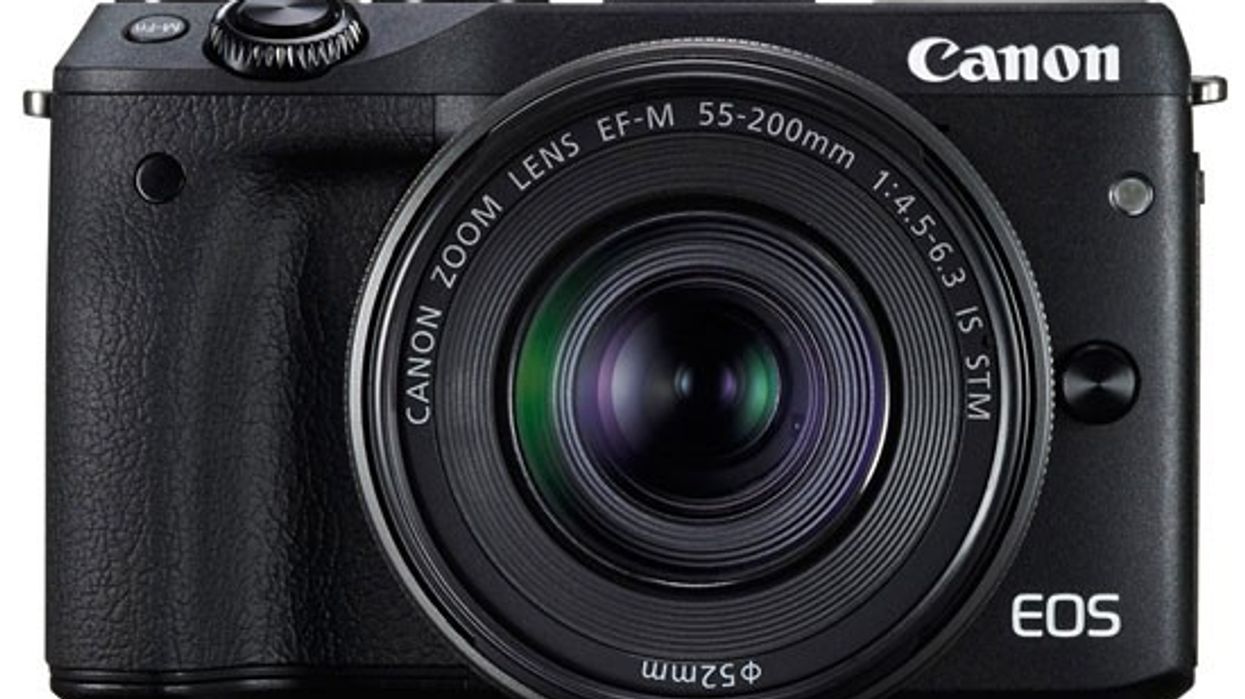Is Canon Finally Taking Mirrorless Seriously with the New EOS M3 Camera?
Besides the new 5DS and the new T6s/T6i cameras, Canon also introduced another camera worth taking a look at for video folks: the EOS M3.

While Canon's previous EOS M and M2 were simply Canon dipping their feet into the mirrorless waters, the new APS-C sensor M3 is a bit more grown up (we have an optional EVF now). Compared to offerings from Sony and Samsung (like the 4K NX500), however, these still have a long way to go. It also looks like at least for the time being that North American shooters won't be able to get their hands on one, as Canon, just like they did with the M2, has not chosen to release it on this side of the Atlantic.
Here are some videos taking a look at the M3:
Essentially the M3 got most of the guts from the T6s/i cameras, so expect still and video quality to be pretty similar. Here's what the specs look like for the EOS M3:
- 24.2 megapixel APS-C CMOS
- Digic 6 Processor
- 1080p 29.97 / 25 / 23.98
- ISO 100-12,800
- Tilting 3" LCD and Optional EVF that slides into the Hot Shoe
- Hybrid CMOS AF III providing continuous AF during video (Touch AF)
- Remote camera control and image sharing via Wi-Fi
- Availability: April 2015
- Price: £599.99 / €769.99
Images from The Verge showing the optional EVF on the camera:
It certainly looks like they are taking mirrorless more seriously than they were with the first two models. At the moment, though, this entire product range still feels a bit like an experiment, especially since there are only a handful of native M-mount lenses. You can adapt EF lenses to the M cameras, but it starts to defeat the purpose of having a small camera.
Unlike some of the other Japanese companies that have embraced mirrorless in their higher-end models, Canon has again stuck with mirrors for their pro cameras. If they were worried about native lens compatibility with a professional camera, they could very easily keep the EF flange distance the same on a higher-end mirrorless model and still have a relatively small camera. I said a long time ago the EOS M mount would have worked well with a lower-end Canon cinema camera, just like Sony has done with their lower-end FS cameras that have an E-mount. This would have given many more options for lens adaptability.
Either way, it doesn't seem like the EOS M cameras are really showstoppers just yet in the mirrorless segment. A high-end EOS M with more lenses and good video features (maybe even 4K) would sell pretty well, but we aren't there yet. We'll see what Canon does with this model in North America, but for now, the rest of the world will be able to get their hands on the M3 in April.












![Ethos, Pathos, Logos: 20 Effective Ways to Advertise [Infographic]](https://nofilmschool.com/media-library/ethos-pathos-logos-20-effective-ways-to-advertise-infographic.jpg?id=34064614&width=600&height=600&quality=90&coordinates=560%2C0%2C0%2C0)

